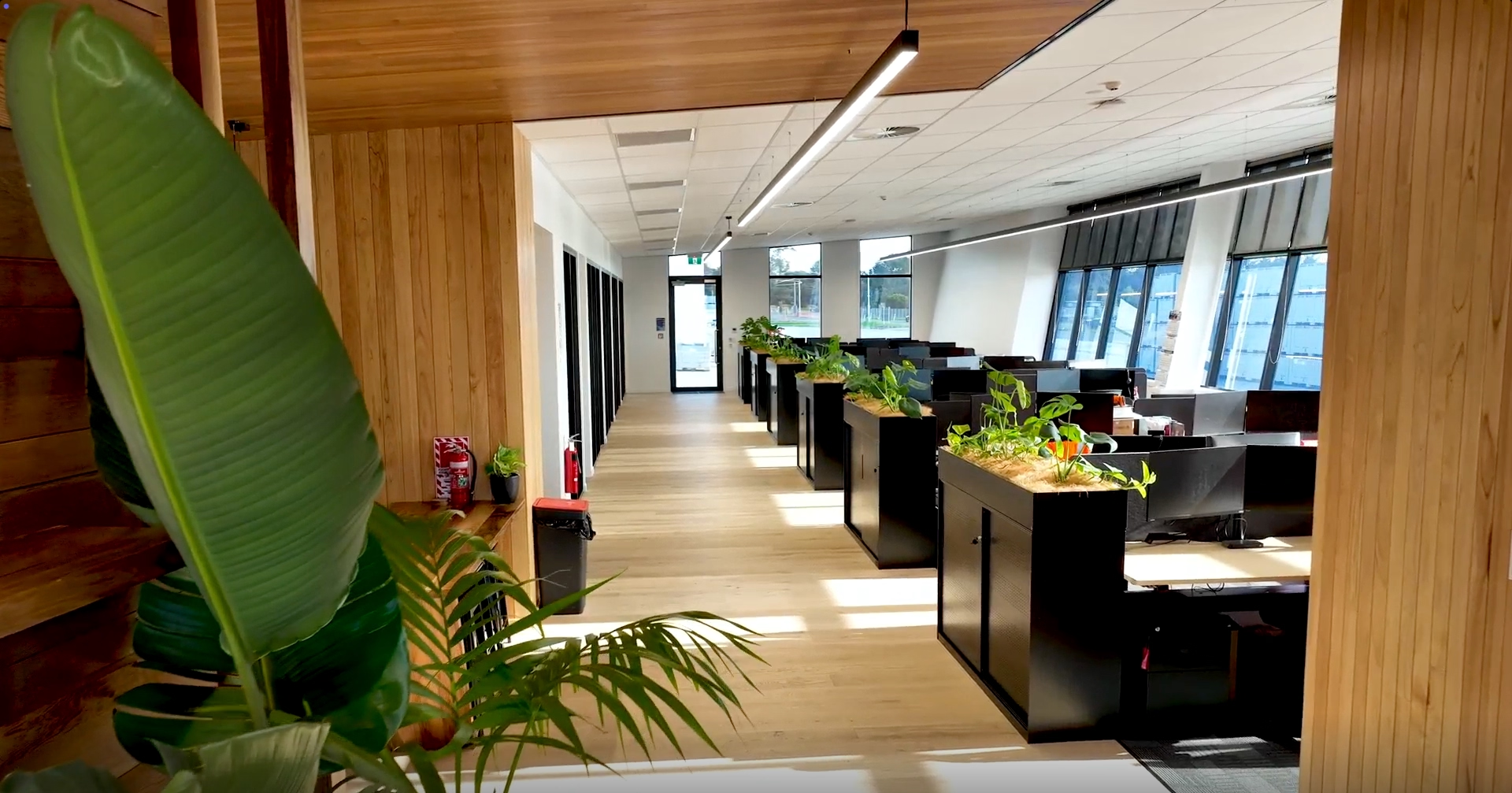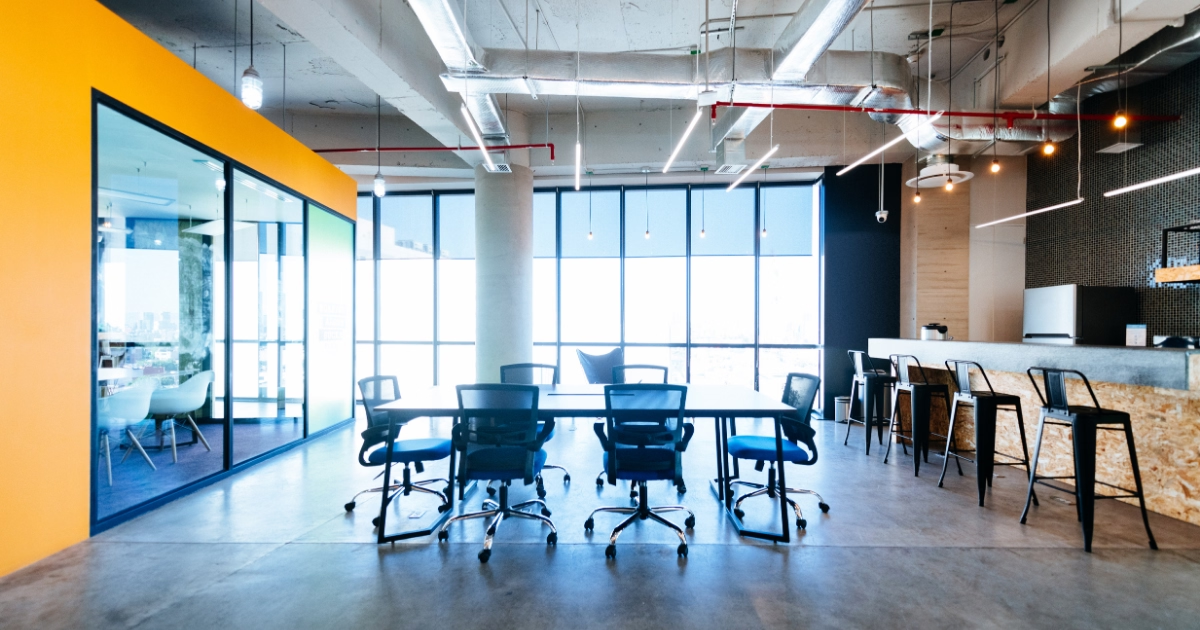What if your office could make people feel more energised, connected, and even excited to show up each day?
Workspace design isn’t just about where the desks go. It’s about how the physical environment affects people’s feelings, from the moment they walk in to how they collaborate, focus, and recharge. And in 2025, as competition for talent and engagement intensifies, a thoughtfully designed space is one of the most powerful tools NZ businesses can use to support employee wellbeing and shape workplace culture.
Design Impacts How We Feel
Growing research supports what many of us instinctively know: the places where we work significantly impact how we feel. According to a 2023 Steelcase study, 87% of employees in well-designed offices reported feeling more connected to their teams and more satisfied in their roles.
Mood, focus, and collaboration are all influenced by design. The right layout, lighting, noise levels, and visual cues can either energise or exhaust a team.
Key Design Elements That Shape Team Experience
Here’s what matters most in creating a feel-good office design:
- Lighting: Natural light improves alertness and mood. Layered lighting (a mix of overhead, task, and ambient sources) can reduce eye strain and support focus.
- Layout for Movement: Spaces that feel open but not noisy help people move freely between individual and group tasks. Flow matters more than floor size.
- Acoustics: Open-plan offices without noise control can increase stress and reduce productivity. Adding acoustic panels, curtains, or dedicated quiet zones can dramatically improve focus.
- Comfort: Investing in the right office furniture, from a supportive ergonomic office chair to adjustable office desks, can transform how employees physically feel at work.
Design That Reflects Your Brand
People want to work somewhere they feel a sense of alignment. That’s why great office design isn’t just functional, it’s expressive.
- A playful startup might feature bright colours, lounge seating, and writable walls.
- A professional services firm may prioritise quiet zones, soft materials, and strong branding.
- A purpose-driven NGO might showcase storytelling walls and reclaimed materials.
When a workspace reflects a company’s values, it strengthens team identity and pride.
Feel-Good Spaces in Action
Here are examples of layout features that boost morale without needing major construction:
- Breakout zones: Casual seating for impromptu chats or informal meetings.
- Creative nooks: Small alcoves with whiteboards, art, or mood lighting for fresh thinking.
- Quiet rooms: Soundproof booths or rooms where staff can decompress, think, or refocus.
- Shared team tables: Communal hubs that encourage connection, especially for hybrid teams.
These design choices aren’t about flash, they’re about emotional function.
Low-Cost Design Moves That Shift Culture
Not every NZ business has the budget for a full office fit-out, but that doesn’t mean you can’t make meaningful changes.
Here’s how to improve culture through space on a budget:
- Add indoor plants for an instant boost of warmth and improved air quality.
- Reposition furniture to create better flow or collaborative pockets.
- Paint feature walls to define zones or energise a space.
- Ask for employee input: staff know what works (and what doesn’t).
Give Your Team a Reason to Look Forward to Mondays
A well-designed workspace can:
- Improve employee retention
- Reduce absenteeism
- Increase collaboration
- Boost mental wellbeing
Most importantly, it helps people feel seen, supported, and excited to contribute.
That’s what today’s talent is looking for.
Want a Space Your Team Loves Coming Into?
Whether you need a few smart layout tweaks or a full redesign, Int Workspaces can help you create a space where people feel good physically, mentally, and culturally.
Talk to us about creating a workspace that supports your team’s wellbeing.
Because when your space feels better, your people do too.
Other resources
View all resources



